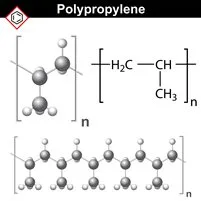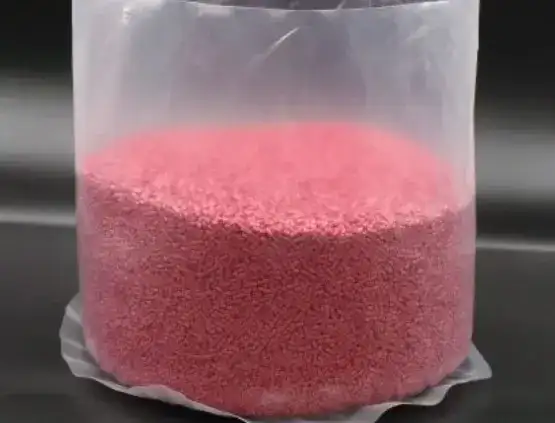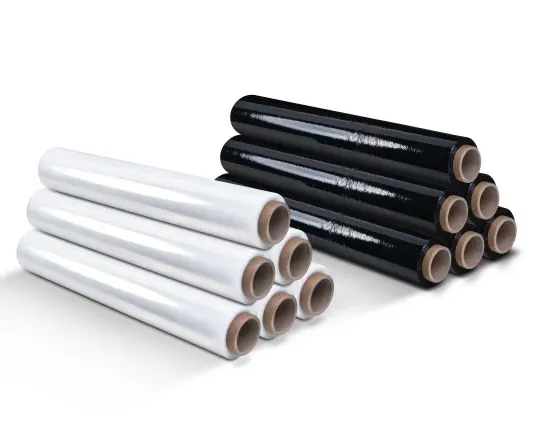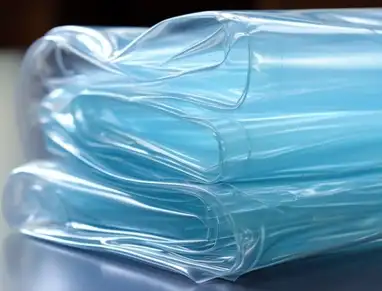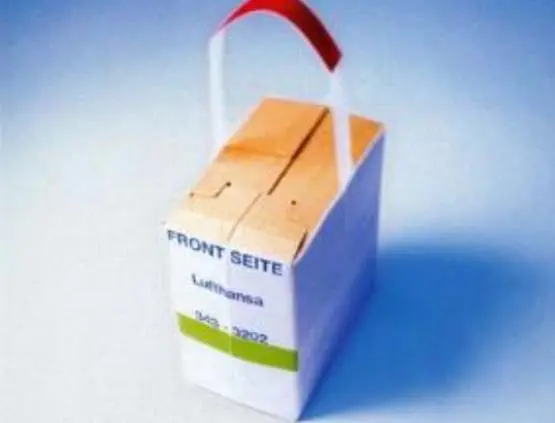Polypropylene is a thermoplastic produced by the chain polymerization of propen. It belongs to the polyolefin group, is nonpolar, and semi-crystalline. Its low density ranges from 0.895 g/cm³ to 0.920 g/cm³. It is produced by the polymerization of propylene and is widely used in many areas of everyday life. The upper service temperature is 100°C to 110°C. The melting point is 160°C.
PP is chemically relatively similar to PE, but significantly harder, stronger, and has a higher thermal resistance. Polypropylene has greater stiffness, hardness, and strength than polyethylene, but these are lower than those of other plastics such as polyamide. It is also resistant to moisture, oils, solvents, and many chemicals. Polypropylene is also resistant to fracture and fatigue, making it a versatile material. Due to its low surface energy, it is very difficult to bond and print. Polypropylene is odorless and skin-friendly. It is suitable for applications in the food and pharmaceutical industries. It is physiologically safe.
Polypropylene is generally highly recyclable. Polypropylene can be identified by its recycling code 05. This means that polypropylene can be considered a sustainable plastic.
Recycling polypropylene in the form of blends, however, is more difficult. Recyclability is limited by the addition of reinforcements or fillers and is only possible through special processing.
Polypropylene is a widely used material used in a wide variety of applications due to its versatility and excellent properties.
Other properties:
Water Vapor Permeability PE
Oxygen Permeability PE
Material Restistance LDPE
With the help of our online foil calculator you can determine the weight, the foil area, the roll diameter and the foil thickness of your desired product yourself.
You can find an overview of our currently available stock here.


